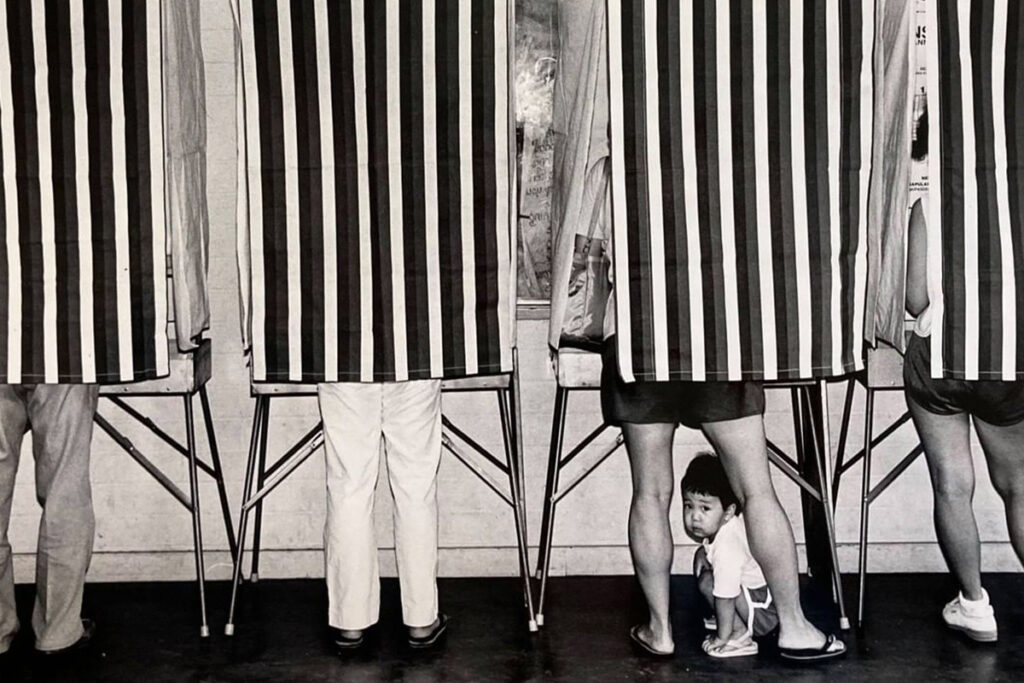1900–1959
Territorial Period
1907
McKinley HS (renamed from Honolulu HS)
1920
Hawaiian Homes Commission Act Passed (sponsored by Delegate Jonah Kūhiō Kalanianaʻole)
1941
Japan’s Attack on Pearl Harbor
1947
Gov. Ingram Stainbeck: declares “war on Communism” in Hawaiʻi
1948
Teachers John and Aiko Reneicke fired for Communist sympathies
1951-1953
Smith Act Trial of Hawaiʻi Seven (Communism Trial)
1954
Territorial Election: Democratic Takeover of Legislature

